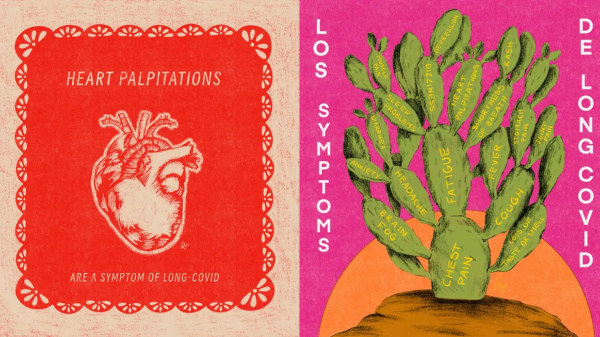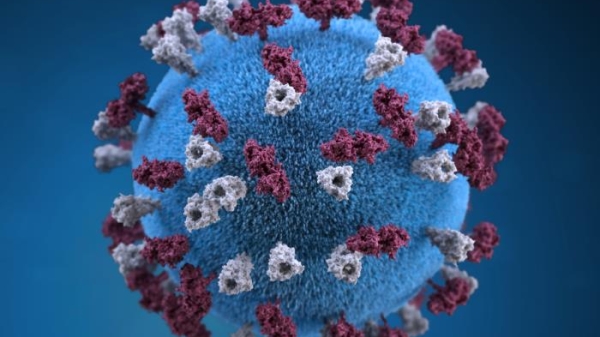Mayo Clinic School of Medicine welcomes 1st cohort of students in Scottsdale
Curriculum to include courses on the science of health care delivery jointly developed by experts at both Mayo Clinic and ASU

Editor's note: This story is being highlighted in ASU Now's year in review. To read more top stories from 2017, click here.
Last fall the nation’s most innovative university and the world leader in patient care and research formalized a dynamic relationship of more than a decade with the announcement of the Mayo Clinic and Arizona State University Alliance for Health Care, a collaboration aimed at transforming medical education and health care in the U.S.
This week the alliance will experience an important next step when Mayo Clinic School of Medicine welcomes its first cohort of 50 students in Scottsdale. The inaugural class was chosen from more than 3,000 applicants. By 2020, the school’s four-year medical training program will mushroom to 200 students — doubling the overall size of Mayo’s national medical school to more than 400 students across campuses at Mayo Clinic sites in Rochester, Minnesota, and Jacksonville, Florida, along with Arizona.
The curriculum that will guide these future health care providers expands upon a traditional medical education. It will include courses that focus on the science of health care deliveryThe jointly developed courses will focus on how patients receive care to improve quality of the patient experience, outcomes and cost jointly developed by experts at both the Mayo Clinic and ASU under the alliance. The courses in this nascent field will be taught by ASU and Mayo Clinic faculty, many of whom currently conduct joint research.
Michele Halyard, who specializes in radiation oncology at the Mayo Clinic, will serve as dean of the new school, which is ranked in the top 20 for research by U.S News & World Report. She said both institutions bring complementary skills and abilities to this latest venture in curricular advancement.
“Mayo has a long history of excellence in patient care through research and education, and ASU is a top-tier research university,” she said. “Both are committed to excellence, innovation, advancing learning and collaborating to achieve those goals.”
The expansion of Mayo medical school to the Arizona campus and the forward-thinking courses further solidify each institution’s national reputation and commitment to the future of health care and transformative education.
“The students of this school’s inaugural class are highly talented,” Halyard said, “and I’m hoping that ultimately, this will lead to them one day coming back to Arizona to practice medicine here.”
The curriculum for the school was designed with an eye to the future. The fields of science and medicine are changing at a rapid clip, Halyard said, so health care education needs to evolve with them, while still maintaining an emphasis on the quality and value of patient care.
With that in mind, experts at the Mayo Clinic defined six core competencies that physicians of the future will need: person-centered care; population-centered care; high-value care; team-based care; health policy, economics and technology; and leadership. To that, experts from ASU’s first-in-the-nation, School of Health Care Delivery, added their knowledge in the area of the science of health care delivery and experience in designing online courses through ASU’s EdPlus development unit.
“Mayo defined the core competencies and care standards, and ASU helped us put the meat on the bones,” Halyard said.
“What we prioritized and further learned with ASU has become the foundation for whole new courses in the science of health care delivery, or as the American Medical Association calls it, ‘health systems science,’ ” said Daniel Johnson, one of the Mayo Clinic Arizona physician leaders developing the new SHCD curriculum. In fact, this program emerged from ASU’s School of Health Care Delivery, which launched in 2013 and academically aligned with the Mayo Clinic Robert D. and Patricia E. Kern Center for the Science of Health Care Delivery.
Students at all of Mayo’s campuses will receive a medical degree from Mayo Clinic as well as a certificate in the science of health care delivery, jointly conferred by ASU and Mayo Clinic. They also have the option to pursue a master’s degree in the science of health care delivery from ASU (as three students at the Rochester school have already committed to) by taking an additional 12 credit hours, which are also available online.
Mayo medical students also have the option of pursuing a dual master’s degree in a variety of disciplines from ASU. These include health informatics (part of the department of biomedical informatics co-located at the Mayo Clinic Scottsdale campus), biomedical diagnostics, mass communications, business administration and law.
In addition to the newly formed programs, ASU and Mayo have a rich history of collaboration that includes a Cronkite speaker series and fellowship program, as well as Poesía del Sol (Poetry of the Sun), an ASU Project Humanities collaboration with the Mayo Clinic Center for Humanities in Medicine and the English Department’s Creative Writing Program. Poesía del Sol pairs ASU master’s students with palliative care patients at the Mayo Clinic Hospital in Phoenix. The students interview the patients and their families, then create poems that they present to them as a gift and celebration of life.
“This expansion of the Mayo medical school is a historic milestone in our relationship with Mayo,” said Mark Searle, ASU executive vice president and university provost. “This adds a new dimension to all the great things we’re doing together.”
Top photo: The new Mayo Clinic School of Medicine in Scottsdale. Photo by Mayo Clinic
More Health and medicine

Health communication program brings long COVID awareness to Latinos
After COVID-19 hit the Latino community especially hard, Gilberto Lopez created COVIDLatino, a health communication program designed to share accurate, timely, evidence-based and culturally tailored…

Gates Foundation to fund research on antibiotic resistance
Antibiotic resistance, what happens when germs develop the ability to defeat the drugs designed to kill them, is a growing concern among scientists today. When bacteria become resistant to…

ASU epidemiologist on the rise in US measles cases
The Centers for Disease Control and Prevention issued an alert this month about a rise in measles cases worldwide. And as of March 21, a total of 64 measles cases were reported in 17 states,…